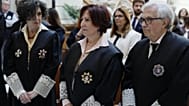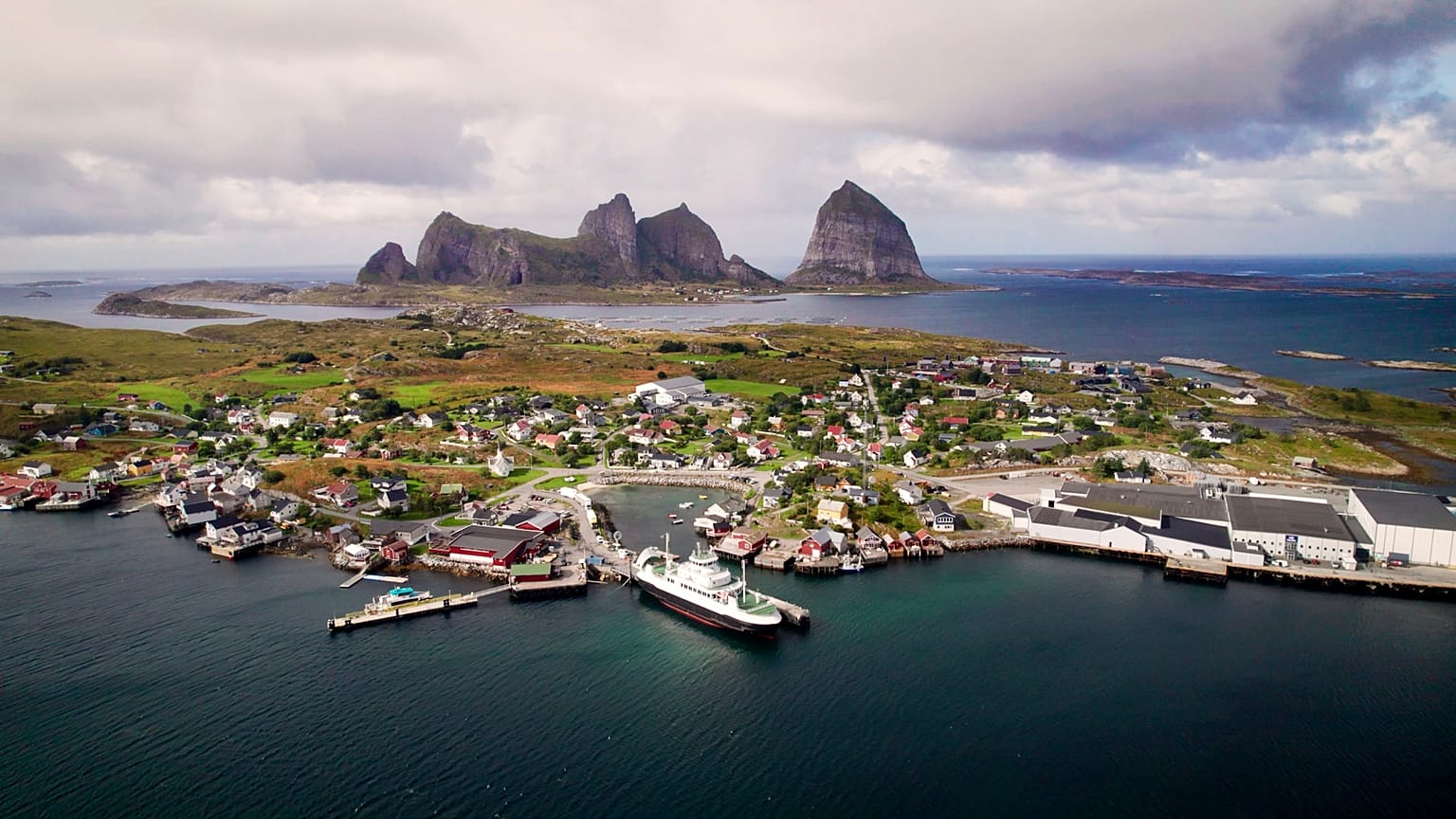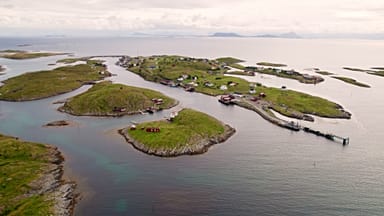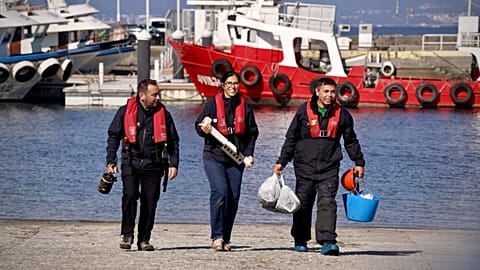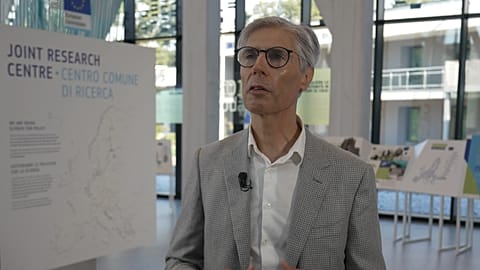449 people live on Træna, a tiny archipelago forty kilometres from Norway's mainland. This remote Arctic community faces a crisis shared across the region — people are leaving, the climate is changing and centuries-old ways of life are disappearing.
Selvær, one of Træna’s islands, is home to about 50 people — and a hundred sheep.
Dutch engineer Thijs De Swart moved here a few years ago to become a farmer. In the past, sheep were everywhere. They grazed the grass and kept the islands from being overrun by weeds. But as some people left and others retired, all the other farmers disappeared too.
"The communities here are collapsing," De Swart explains. "The populations have declined very rapidly. It's difficult to live here with kids. It's very difficult to find a job here — you kind of have to create your own job."
“Good fishing times are gone forever”
Climate change has impacted Træna deeply. Fish stocks that sustained the community for centuries have moved away, and the fishing boats that once filled the docks are mostly gone.
"Other industries are trying to fill the gap," says Træna community mayor Trond Vegard Sletten. "But the good times that fishing brought, when many people made a great living from the sea, are probably gone forever."
Over the last decade, Træna has lost nearly 10% of its population.
Unpredictable Arctic weather, made worse by climate change, makes transport connections unreliable. Boats and ferries often get cancelled, due to bad weather or operational reasons, cutting residents off from mainland hospitals and other essential services.
"We want to be able to reach the big city when we have to," Sletten says. "It's hard to survive as a small community when just getting there feels like a major challenge."
European researchers offer hope
The European-funded project EmpowerUS spent three years studying local challenges and produced a toolkit of strategies to help the people of Træna fight back against decline.
“Centralisation makes it harder to live in the peripheral areas, maybe particularly in the Arctic”, explains Maiken Bjørkan from the Nordland Research Institute who coordinated the research. “They need more people to [move to] the island. They need more possibilities to work here. And they need it to be more attractive for young people to come and settle down.”
The recommendations focus on several key areas, mainly improving transport infrastructure, promoting sustainable tourism and preserving local identity.
The worry in Træna is that fewer people will mean fewer boats, making the problem even worse.
Project manager Cecilie Helén Bratt explains, “When people disappear, it's hard for the county municipality to maintain all of the existing routes. It's difficult, but it is the lifeline of the coastal communities. So it has to be in place. If you remove it, people cannot live here.”
Tourism: quality over quantity
Rather than pursuing mass tourism, Træna is aiming to attract visitors seeking authentic connections with its history and culture. With the help of the EmpowerUS project, the community has commissioned new public artwork and created “heritage trails”, where visitors can find and scan QR codes to learn about local history and legends.
Norwegian artist Håvard Arnhoff has worked together with Træna residents to create a new landmark sculpture — four flowing waves that will greet visitors arriving by boat.
Local artist Sonja Langskjær is painting large-scale murals that reveal hidden aspects of island life — from the once-thriving fishing industry to vibrant coral reefs beneath Arctic waters. "Putting it on a wall in full scale shows people what they can't see," she says. "It makes them think about the riches we have around us."
Finding new ways to live from the land and sea
The pristine Arctic environment still offers economic opportunities. Træna resident Anders Budde harvests wild seaweed along the coastlines, drying and selling kombu for broth-making and truffle seaweed as culinary spices to mainland restaurants.
"Yes, we want development and tourists," Budde reflects. "But we want to keep this a place where people want to come, want to live, want to stay. That's the real challenge."
Fish farming offers another lifeline, though offshore salmon cages worry some residents about pollution and spoiling pristine coastal views. Newer inland aquaculture facilities promise the economic benefits without the environmental concerns.
Træna's fight for survival echoes across the Arctic. These remote communities feel the need to modernise fast enough to keep people from leaving while preserving the authentic culture and pristine landscapes that bring people there in the first place.

